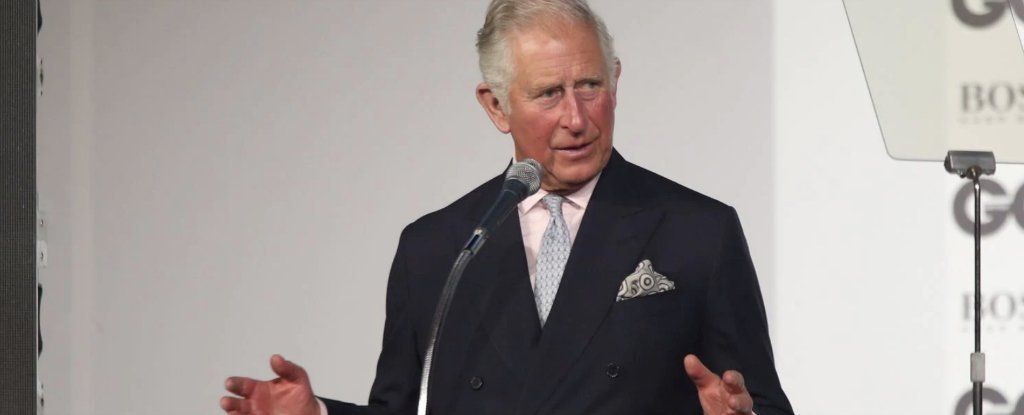Since its acquisition of ITA Matrix Software eight years ago, Google has been quietly rolling out new tools for travelers. Its progress has been even more notable over the past months and weeks as it began unveiling tools to help predict flight delays, plan trips, and manage itineraries — among other things.
These changes have some wondering: Is Google making a run at total domination in the travel space? If it is, there’s a strong case to be made for its potential to disrupt the travel and hospitality sector with a similar approach to Amazon’s run at retail, and more recently grocery.







